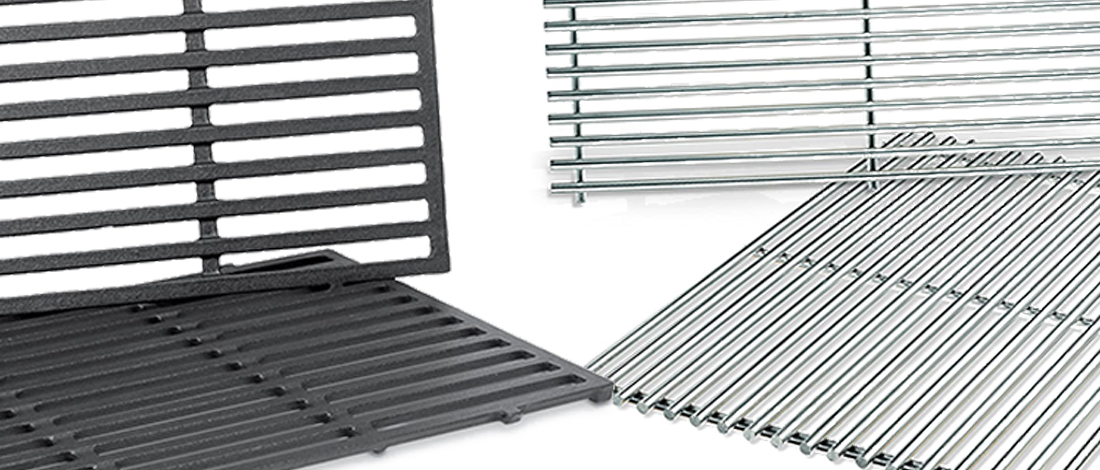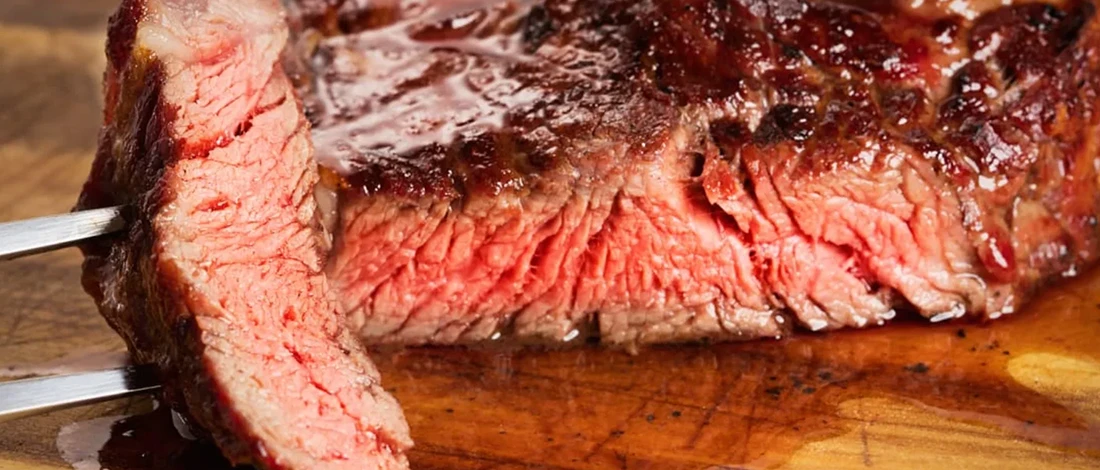Diets often get a bad reputation, especially the carnivore diet, which many wrongly believe is harmful to the environment.
While it's easy to confuse it with the keto diet, since both cut carbs and boost fat and protein, there's more to the carnivore lifestyle than just steak for breakfast. Both diets actually complement each other, shifting your body's metabolism in similar ways.
For a guide on the carnivore diet and what to eat, check out our carnivore diet meal plan and detailed food list.
I prefer calling it the keto-carnivore diet. Let's dive into the basics.
Quick Summary
- The main difference is in carb consumption, with the carnivore diet being zero-carb.
- The keto diet focuses on low-carb intake to switch metabolism from glucose to ketones, while the carnivore diet involves only eating meat, with no plants allowed.
- A study from 2023 conducted by the College of Agricultural, Consumer, and Environmental Sciences indicated that both diets induced ketosis, leading to an average weight loss of 14.36 kg and a reduction in BMI of 5.71 kg/m² over a span of 24 weeks. However, it was noted that the carnivore diet is more restrictive compared to the other diet [1].
What Is The Keto Diet?
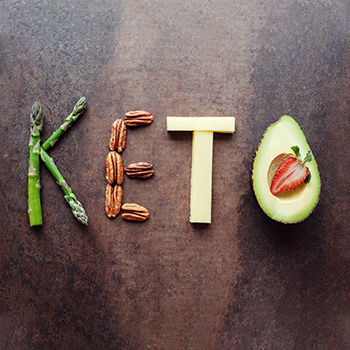
The keto diet is a low-carb regime that shifts your metabolism from glucose to ketones for energy. Far from a fad, it's scientifically backed, originally crafted and clinically trialed for epilepsy treatment. Understanding the keto concept is straightforward—it's about how your metabolism fuels your body.
On a typical Western diet, you're piling on carbs all day, turning into blood glucose. High-sugar diets often cause blood sugar spikes, risking long-term health problems like diabetes.
The low-carb keto diet flips your nutritional macros, slashing carbs and boosting fat and protein. This shift makes your body draw energy from stored and dietary fat instead.
This high-fat diet produces increased levels of blood ketones, which provide all the energy you need for daily activities and exercise. Low carbs and high fat create a different source of energy resulting in healthy weight loss.
What Is The Carnivore Diet?

The carnivore diet is all about eating only meat, no plants allowed. It's similar to keto but takes it up a notch, which I'll explain soon. While some dairy, like cheese and butter, is permitted in the carnivore diet, the endgame is meat only.
Sure, it might sound wild, but this diet has its perks, including surprising health benefits. Think of it as keto on steroids, where if done correctly, you can quickly and sustainably shed body fat.
Now to the big question...
What Is The Difference Between Keto And Carnivore?
The main difference between a Carnivore diet and a Keto diet is in carbs consumption. The carnivore diet restricts all plant-based foods, meaning that the diet is zero-carb. The Keto diet allows for more variety, as long as total carbohydrates are kept under 50g.
But there are a few more details you should be aware of, especially if you have some experience with keto and its health benefits.
1. Keto Food Not Allowed For Carnivore

In the low-carb keto diet, you can have up to 50 grams of carbs daily. This not only helps curb cravings with tasty keto recipes but also allows meal variety by including veggies. Fiber, mostly undigested, doesn't count as a net carb, making it keto-friendly. Thus, the keto diet offers digestive and micronutrient benefits, unlike the restrictive zero-carb carnivore diet.
2. Cravings

Switching to an animal-only diet cuts all carbs, bumping up your fat and protein. You'll stick to meat, water, and coffee, nixing everything else on a carnivore diet.
It might sound great, but soon you'll miss carbs, itching for a donut or some starch.
Similar goes for keto individuals on keto, but ditching all plants may trick your body into thinking it's starving. Your brain and gut will push you for a carb fix, making sticking to a carnivore diet tough.
3. Meal Frequencies
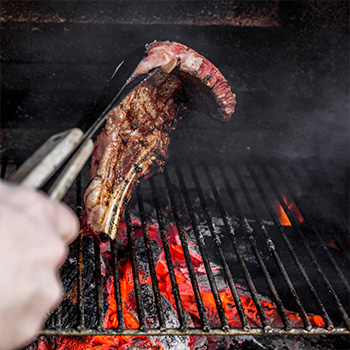
On my keto diet, I eat 5 to 7 small meals daily to curb hunger, manage carbs, and cut cravings. Yet, during my carnivore diet's meat-only stages, I trim it down to 2 or 3 meals.
Why? Simply because my meat-and-butter dishes don't hit the spot when cold. I prefer them hot and fresh. Also, occasionally, I'll dodge breakfast, leading to a 16-hour fast sans carbs.
Recommended Article: Can A Person Survive Eating Only Beef?
4. Macronutrient Ratio
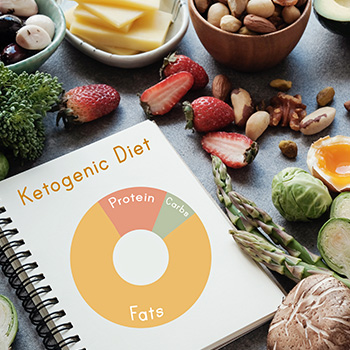
On the keto diet, you'll likely consume roughly 60% fat, 30% protein, and 10% carbs.
In other words, 60% of your calories should be from healthy fats, while protein and carbs provide 30% and 10%, respectively.
This approach significantly deviates from the standard 20/25/55 nutrient distribution that's traditionally recommended.
Regarding the carnivore diet, it's less about specific ratios and more about focusing on meat consumption.
Essentially, this means your intake will consist primarily of protein and animal fat, with a negligible, almost unintentional, carb intake, mainly through some dairy products.
5. Need For Supplements

While both the keto diet and the carnivore diet may limit the amount of plant foods you can eat, there is more flexibility to get essential vitamins and minerals while doing the keto diet.
This means that you can become a bit more reliant on supplements when it comes to eating just meat.
However, this is a bit difficult to do, as the standard keto diet bars and powder supplements often contain more carbs that could throw your metabolism off, resulting in your body becoming “confused.”
This can lead to erratic shifts in blood sugar and ketone levels and amplify the keto flu effects that bit more.
Both the ketogenic diet and the carnivore diet allow fats and proteins while completely eliminating carbohydrates. But the carnivore diet takes it one step further and is considered to be more restrictive to the already prohibitive ketogenic diet.
- Lorenz Mac, Health & Wellness Writer
Ok, so we’ve addressed the differences, now let’s look at what the two have in common.
What Do Keto And Carnivore Diets Have In Common?
Keto and carnivore diets have a lot in common, including side effects, metabolic changes, and quite a few health benefits, such as weight loss.
They are so closely related that I switch between the two on a cyclical basis, but more on that shortly.
1. Side Effects

First up, let's talk about the keto flu - those flu-like feelings like brain fog, muscle aches, nausea, headaches, and tiredness, usually lasting 1 to 14 days.
It's not fun, but it's a must to push through to reap ketosis's health and energy perks.
Here's a kicker: switching from keto to a carnivore diet might trigger these symptoms again, so brace yourself.
A frequent question I hear is, "Does the keto diet lead to constipation?"
The answer is sometimes, and the same can happen on the keto carnivore diet as well. This is most often due to the lack of fiber in organ meats, which may be something you need to supplement.
2. It’s All About Fat

Both diets heavily prioritize high-fat intake, roughly 60% of your daily energy needs. After shifting into ketosis, this fat converts into energy, enhancing cognitive function and alertness.
Your body swiftly metabolizes high fat volumes, posing no risk with regular exercise accompanying your zero-carb diet.
3. Metabolic Changes
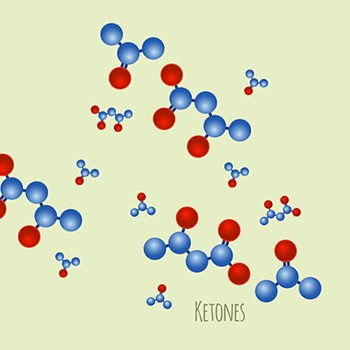
Both the keto and carnivore diets kick your body from using blood glucose to ketones for energy.
This shift, called ketosis, is a nifty trick from human evolution. Back in the day, grub wasn't always around, especially carbs. So, folks feasted on carbs like fruits and veggies in summer, then leaned on scant animal products and their own fat stores come winter.
Ketosis is your body's natural hack for tapping into unwanted fat reserves, helping you shed weight.
4. Weight Loss

As long as you calculate your calorie needs and stay below your daily threshold, you will trigger weight loss, whether you're on a keto or carnivore diet.
By keeping the amount of dietary fat below what you need, your body will go into starvation protection mode and use up all those high-carb, fat storage areas.
The weight loss results can be rather drastic, and as long as you stick to the guidelines of keto and carnivore, you will notice a very steady and sustainable loss of weight.
5. Increased Physical And Mental Energy

A big perk of ketosis, triggered by keto or carnivore diets, is the hefty boost in on-tap energy. Unlike glucose, ketone power doesn't spike randomly. You'll ace gym sessions and nail mental tasks at work or during study sessions. Personally, the brain boost is what hooks me. Now, let's dive into how you can cycle between these diets to reap their benefits.
Going Through Keto And Carnivore Diet Cycles

Maintaining a strict carnivore diet can be challenging, especially during festive seasons or vacations when you're surrounded by tempting food and drinks. You might find yourself just sipping water or coffee while others indulge.
Here's a tip: alternate between the carnivore and ketogenic diets [2].
I typically do 6 to 10 weeks of strictly red meat and organ meats, a few times a year. Plus, I allow myself a cheat week during vacations to enjoy some carbs. It's a flexible approach that keeps things manageable.
It’s not the same as keto or 0-carb. On keto, you can still have low-carb vegetables, and on both keto and 0-carb, you can have plant fats (olive oil, coconut oil, etc.), spices, salt, vinegar, coffee/tea, and other non-animal foods for tastiness and nutritional value.
- Sébastien Noël, PaleoLeap.com
It does mean you go through the keto-flu a couple of times, but if you’ve done it once, then the next times are not as bad.
How To Go From Keto To Carnivore

OK, so let’s assume you’ve done the keto diet and now want to take it another step further with the carnivore diet. How do you eat meat effectively?
The answer lies in the following five simple and gradual steps.
1. Analyze Your Food Journal
If you don’t already keep a food journal, then start immediately, ideally with an app like Noom. You want to write down everything you eat so that you can see exactly how many calories you take in and what your macronutrient ratio is.
What I did in the past was print out my journal and then use a highlighting pen to mark all the animal products for my carnivore diet. This will give you an excellent idea of what percentage of your food comes from animals vs plants [3].
2. Calculate Your Calorie Intake From Plant-Based Products
Now that you know how many calories you take in from meat and plants, you can determine how much you need to make up by replacing plants with animal products. If you’re at a healthy weight, then stick to the same calories while on a carnivore diet.
But if you still have some way to go to reach your weight loss goals, then consider reducing the calories a little more. According to a study conducted by the National Library of Medicine in 2012, it was discovered that the weight loss achieved through an all-meat diet is greater compared to the ketogenic diet [4].
And the meat seems to keep me full for longer, so I can reduce my calories more efficiently with a carnivore diet.
3. Gradually Replace Greens With Meats
Even though I’ve gone through a few cycles at this stage, I still take the gradual approach over about 7 to 10 days while on a carnivore diet. Every day, I remove a few plant-based items and add some more meat.
I have found that this makes transitioning to the carnivore diet somewhat easier, with the health benefits being comparable, as indicated by Dr. Michael Ruscio's research from 2023 [5].
It also allows me to stick with the same exercise routines without having to worry too much about feeling drained.
Check out our reviews of various meal delivery services:
4. Diversify The Meats You Eat
The toughest thing can constantly be eating the same stuff. Even if it’s a delicious ribeye steak from Snake River Farms or grass-fed beef cooked in butter, you can quickly get sick of it. The best thing you can do is switch between beef, pork, chicken, fish, and organ meat for your carnivore diet meals.
This also has the added benefit of providing a more diverse range of vitamins and minerals. If you’re stuck for ideas, then check out our carnivore diet food list.

5. Monitor Your Ketone Levels
As you gradually eat meat more, you should notice an increase in ketones. You can buy devices and test strips that measure these levels in your urine and they are reasonably accurate.
It’s a good indicator that you’re moving in the right direction of the carnivore diet. You should also start testing several times a day and keep track of the measures and note down what kind of mood you’re in. This can be a very motivating exercise, as generally speaking, you’ll be in a better mood with high levels.
References:
- https://fshn.illinois.edu/news/which-diet-best-you-after-major-study
- https://www.ncbi.nlm.nih.gov/pmc/articles/PMC2716748/
- https://www.ncbi.nlm.nih.gov/pmc/articles/PMC4755274/
- https://www.ncbi.nlm.nih.gov/pmc/articles/PMC2174488/
- https://drruscio.com/carnivore-diet/

